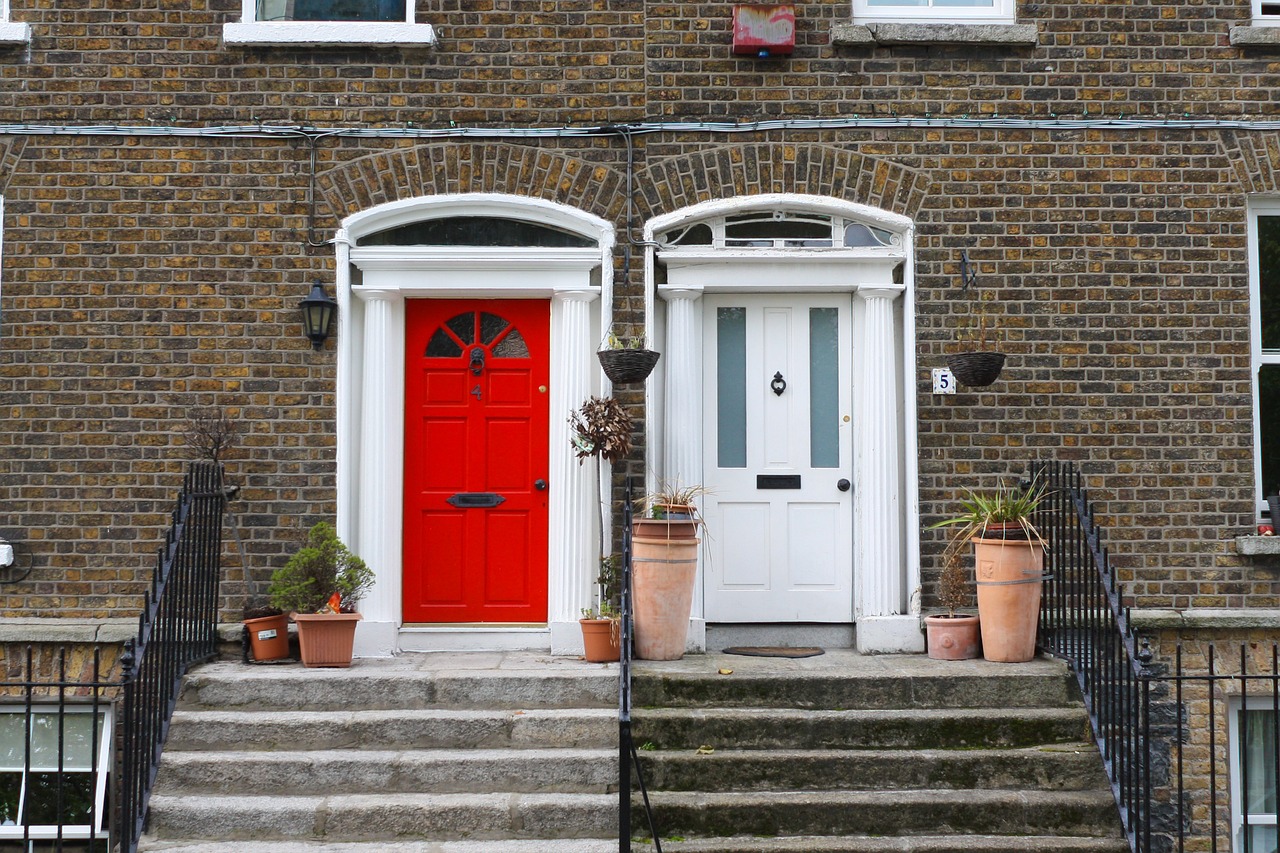This article was published on 15 September 2025. At the time of publishing, this article was true and accurate, however, over time this may have changed. Some links may no longer work. If you have any concerns about this please contact us.
From June 2025 to 2028 Q2, roughly 3.6 million households are expected to re-finance onto higher rates. Some who fixed during the 2022–23 volatility may see payments fall, others coming off 2% and 3% deals could face higher monthly costs.
What you can do before your mortgage deal ends.
6–9 Months Before Your Deal Ends:
- Lock in a rate early
Many lenders let you secure a new rate up to 6 months ahead. If rates drop before your deal completes, you can switch to the lower one. This could give you protection and flexibility. - Improve your Loan-to-Value (LTV)
Making small extra payments or adding savings can reduce your LTV. A lower LTV often means better mortgage rates. - Check your credit report
Make sure your address is correct, it would be good to clear any small debts, and avoid taking out new loans or credit cards if possible. - Choose between Fixed or Tracker rates
- Fixed Rate: Good if you want predictable payments.
- 5-year fix = long-term stability
- 2–3 year fix = short-term option if you think rates will drop
- Tracker/Discount Rate: Offers flexibility (e.g., easier to overpay or repay early).
- Fixed Rate: Good if you want predictable payments.
- Be ready for rate changes and have a financial buffer.
- Compare Product Transfer vs Remortgage
- Product Transfer: Usually quicker to arrange and more straightforward, less paperwork.
- Remortgage: Might get better rates or features (like offset or portability) but involves a full financial check.
- Build a safety net
Try to save 3–6 months of essential expenses. If that’s tough, you could set up a monthly transfer to build it gradually. - Think about protection
Income protection or life/critical illness cover can help keep your finances stable if something unexpected happens, especially if your mortgage costs are going up.
When you apply:
- Get your documents ready
Depending on the lender, you’ll typically need:- Last 3-6 payslips and P60 (or SA302s if self-employed)
- ID and proof of address
- Evidence of deposit or any overpayments
- Bank statements: Showing regular outgoings like rent, loans, credit cards
- Other commitments: Insurance, child maintenance, etc.
- Look beyond the rate
Make sure you compare fees, early repayment charges and features like offset or overpayment options. Sometimes the best deal isn’t the lowest rate.
If you’re a Buy-to-Let landlord
- Expect lenders to keep using strict rent coverage checks.
- Review your portfolio and consider adding funds if needed.
If you’re buying a new build
- If you reserved off-plan, check how long your mortgage offer is valid (usually 3–6 months).
- Be ready to update paperwork if the build is delayed.
You can find more information on the Police Mutual Fee-Free Mortgage Advice Service, provided by Grange Mortgage & Protection Services Ltd here.



